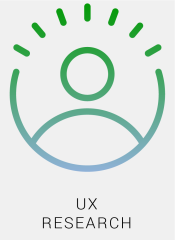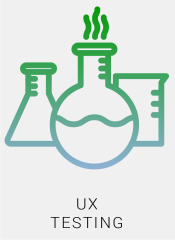

The challenge
The Department of Education and Training wanted to rewrite their difficult to read policy documents and create a centralised one-stop-shop policy library (PAL) for all policy, guidance and supporting materials.
Our challenge was to determine the best design prototype for implementation for the new Policy Advice Library.
Approach
This was a 3 phased research and user testing project, with each phase building on the findings of the previous one.
In the first phase we:
– created a research plan for exploratory research and A/B testing
– facilitated one-on-one testing of two alternatives to key pages exploring feature, language and content preferences to guide UI decisions
– benchmarked current site via user testing
– provided analysis and recommendations for the next design phase.
The second phase focused on user testing and included:
– devising exploratory in-depth tasks to test ease, satisfaction and content comprehension
– developing user stories/scenarios in collaboration with project team
– building Loop11 click tracking tests to evaluate effectiveness and usability of the two prototype design options
– conducting individual moderated user testing of the prototype design options including mobile view
– analysing and documenting test results and developing recommendations for usability and content improvements.
The third phase continued the user research by:
– facilitating workshops with school principals, business managers and administrative staff
– conducting user testing of beta site for ease of use, user confidence and content clarity and usefulness
– analysing and documenting test results and providing usability recommendations for improvements.
Critical info, this is good it’s got a summary at the top.
Outcomes
Our UX testing of the interactive prototypes enabled the project team to make evidence-based design decisions that are well-received by their target audience.
Solid data supported decision-making. Iterative testing and design meant the team could measure the impact of their design decisions.
Focussed research determined the interaction, functionality and content preferences of key audiences. The project team could develop these preferred options with confidence, knowing they are fit for purpose, highly usable and provide an excellent user experience.
From phase 1 to phase 3, the SUS went from an F to a B for usability and from a D to an A for learnability.
See the new policy advice library at https://www2.education.vic.gov.au/pal.

